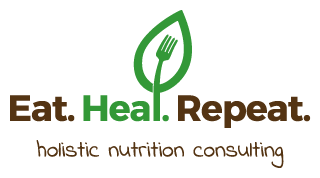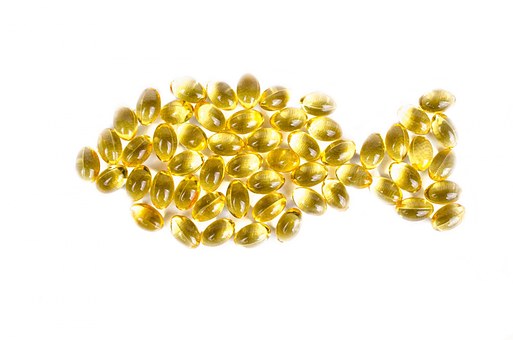We have all heard that some people may get low in vitamin D in the WINTER. So why am I writing about it now that it’s finally getting nice out? Simply said, you may have a blistering sunburn on your face, yet still be lacking this vital hormone-nutrient. In order to get enough of it, you have to expose quite a bit of skin, at just the right time of day/year, be in super-good health, and eat a clean and nutrient-dense diet with plenty of good fats every day. Does that sound like you? I didn’t think so.
So here’s what you need to know, in case you are curious. I’ve added a few tips on getting some ‘D’ in case you don’t fulfill all the criteria above:
What is vitamin D, and what does it do?
Because of its qualities (we can produce it ourselves by the action of sunlight on our skin), ‘vitamin D’ is now considered to be more of a hormone than a vitamin. The pro-hormone plays a crucial role in mineralizing (building and strengthening) your bones: It helps the calcium and phosphorus you consume get to the right places – i.e. your bones, instead of your artery walls, kidneys, or other places where they are not beneficial. Current research suggests that vitamin D is also a critical player in your immune system and brain function, and it has the power to reduce inflammation.
How can I get the vitamin D that I need?
If you were getting enough vitamin D from sunlight, you would not have to consume ANY in your diet. However, we need adequate cholesterol, sunlight and properly functioning skin, liver and kidneys to make our own vitamin D. If any of these factors are compromised, we can become deficient in vitamin D.
What am I shooting for?
We can only use sunlight for vitamin D production if it is at an angle greater than 50 degrees. So, if you live in an area with little of that just-right sunlight, in the winter months, or if you don’t get out much, having your vitamin D levels checked is a good idea. Optimal levels are between 50 and 70 ng/ml. If you’re in the ballpark, get some sunshine every day and focus on the food sources below. If you are low, work with a health care or nutrition professional to establish the amount you need to be supplementing, and to find a high quality product.
Food sources:
Vegetables do not contain much vitamin D (dark leafy greens and sunflower seeds are the best vegetarian sources), but some animal foods such as sardines (3.5 oz. provide 500 IU) and other seafood, butter and egg yolks do. Incidentally, they all come equipped with the fats required for absorption.
References available upon request

